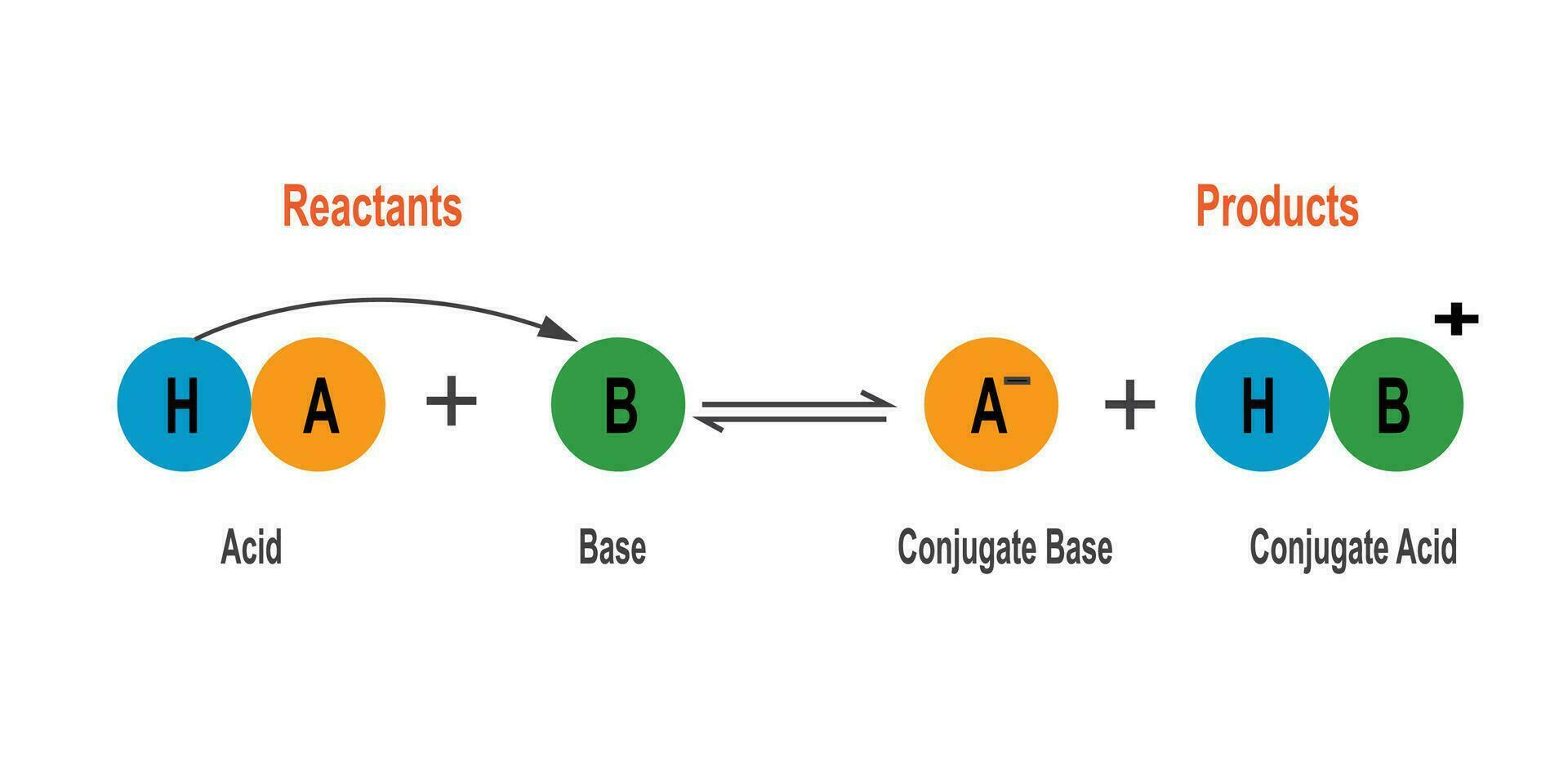
When it comes to our understanding of chemistry, acids play a fundamental role. Acidic substances have been studied for centuries, and the Bronsted-Lowry acid is a particularly important concept in this field. Developed by chemists Johannes Nicolaus Bronsted and Thomas Martin Lowry in the early 20th century, the Bronsted-Lowry acid is a concept that revolutionized the way we define and classify acids.
In this article, we will explore 15 enigmatic facts about Bronsted-Lowry acids, shedding light on their unique properties and significance in various chemical reactions. From their iconic proton donor definition to their important role in acid-base equilibrium, these facts will deepen our understanding of the world of acids and their impact on both natural and industrial processes.
Key Takeaways:
- Bronsted-Lowry Acids are like proton donors, creating sour tastes in foods and playing a crucial role in maintaining the body’s acid-base balance. They also react with metals to produce hydrogen gas.
- These mysterious acids are found in common substances like hydrochloric acid and sulfuric acid. They can form conjugate acids and are essential in organic chemistry reactions.
Bronsted-Lowry Acid Definition
Bronsted-Lowry Acid is a substance capable of donating a proton (H+) to another substance.
Acidic Properties
Bronsted-Lowry Acids are characterized by their ability to increase the concentration of H+ ions in a solution, leading to a decrease in pH.
Acid-Base Reaction
In an acid-base reaction, a Bronsted-Lowry Acid donates a proton to a Bronsted-Lowry Base, forming a conjugate base.
Conjugate Acids
A Bronsted-Lowry Acid can form a conjugate acid by accepting a proton from a Bronsted-Lowry Base.
Common Examples
Common examples of Bronsted-Lowry Acids include hydrochloric acid (HCl), sulfuric acid (H2SO4), and acetic acid (CH3COOH).
Acid Strength
The strength of an acid is determined by its ability to donate a proton. Strong acids completely dissociate in water, while weak acids only partially dissociate.
Role in Organic Chemistry
Bronsted-Lowry Acids play a crucial role in organic chemistry reactions, such as acid-catalyzed reactions and protonation of functional groups.
Lewis Acid-Base Theory
The Bronsted-Lowry Acid-Base Theory is a subset of the broader Lewis Acid-Base Theory, which also considers electron pair acceptance and donation.
Acid Dissociation Constant (Ka)
The acid dissociation constant (Ka) measures the extent to which an acid dissociates in water. It indicates the strength of the acid.
Acidic Solutions
Bronsted-Lowry Acids can create acidic solutions, which have a higher concentration of H+ ions and a lower pH value.
Reactivity with Metals
Strong Bronsted-Lowry Acids can react with certain metals, such as zinc (Zn) or magnesium (Mg), to produce hydrogen gas (H2).
Acidic Properties of Amino Acids
Amino acids, the building blocks of proteins, contain both an amino group (acting as a base) and a carboxylic acid group (acting as an acid).
Acid Rain Formation
Acid rain is formed when sulfur dioxide (SO2) and nitrogen oxides (NOx) combine with water vapor, creating sulfuric acid and nitric acid.
Acid-Base Balance in the Body
In the human body, Bronsted-Lowry Acids and Bases play a crucial role in maintaining the acid-base balance of bodily fluids.
Acidic Foods
Many common foods, such as citrus fruits, tomatoes, and vinegar, contain Bronsted-Lowry Acids, which contribute to their sour taste.
Conclusion
In conclusion, Bronsted-Lowry acids are fascinating and enigmatic compounds that play a crucial role in the world of chemistry. Understanding their properties and behavior is essential for gaining a deeper understanding of chemical reactions and the acid-base concept. The 15 facts highlighted in this article shed light on the intriguing nature of Bronsted-Lowry acids, from their definition and characteristics to their applications in various fields. Whether you are a chemistry enthusiast or a student studying the subject, these facts offer valuable insights into the world of acids and can ignite a curiosity to further explore this captivating topic.
FAQs
1. What is a Bronsted-Lowry acid?
A Bronsted-Lowry acid is a molecule or ion that donates a proton (H+) during a chemical reaction.
2. How is a Bronsted-Lowry acid different from other types of acids?
Unlike other types of acids, such as Lewis acids, a Bronsted-Lowry acid does not necessarily require a vacant orbital to accept electrons.
3. Can you give some examples of Bronsted-Lowry acids?
Common examples of Bronsted-Lowry acids include hydrochloric acid (HCl), sulfuric acid (H2SO4), and acetic acid (CH3COOH).
4. What are the properties of Bronsted-Lowry acids?
Bronsted-Lowry acids are characterized by their ability to donate protons, their reaction with bases to form water and a conjugate base, and their ability to change color indicators.
5. What are the applications of Bronsted-Lowry acids?
Bronsted-Lowry acids find applications in various fields, such as in chemical synthesis, pharmaceuticals, and environmental monitoring.
6. Can Bronsted-Lowry acids be found in nature?
Yes, Bronsted-Lowry acids can be found in various natural sources, including fruits, vinegar, and even our own stomach acid.
7. Are all acids Bronsted-Lowry acids?
No, not all acids are Bronsted-Lowry acids. Some acids, like Lewis acids, follow a different acid-base theory and have different definitions and properties.
8. Can Bronsted-Lowry acids only donate one proton?
No, Bronsted-Lowry acids can donate more than one proton in a chemical reaction, depending on their molecular structure.
9. What happens when a Bronsted-Lowry acid reacts with a base?
When a Bronsted-Lowry acid reacts with a base, it forms a conjugate base and water as the products of the reaction.
10. How can we determine the strength of a Bronsted-Lowry acid?
The strength of a Bronsted-Lowry acid is determined by its tendency to donate protons. The more easily it donates protons, the stronger the acid.
Was this page helpful?
Our commitment to delivering trustworthy and engaging content is at the heart of what we do. Each fact on our site is contributed by real users like you, bringing a wealth of diverse insights and information. To ensure the highest standards of accuracy and reliability, our dedicated editors meticulously review each submission. This process guarantees that the facts we share are not only fascinating but also credible. Trust in our commitment to quality and authenticity as you explore and learn with us.


